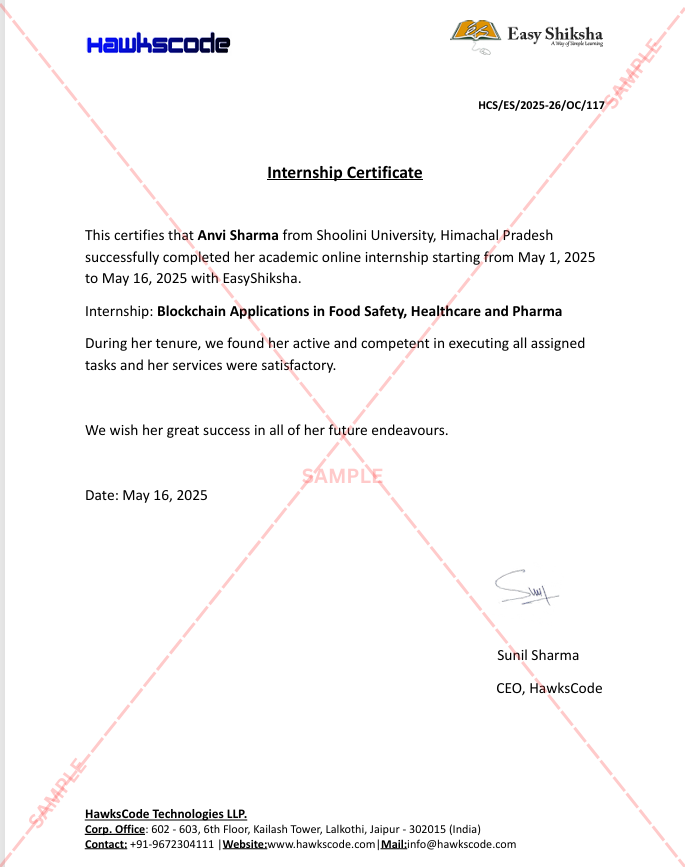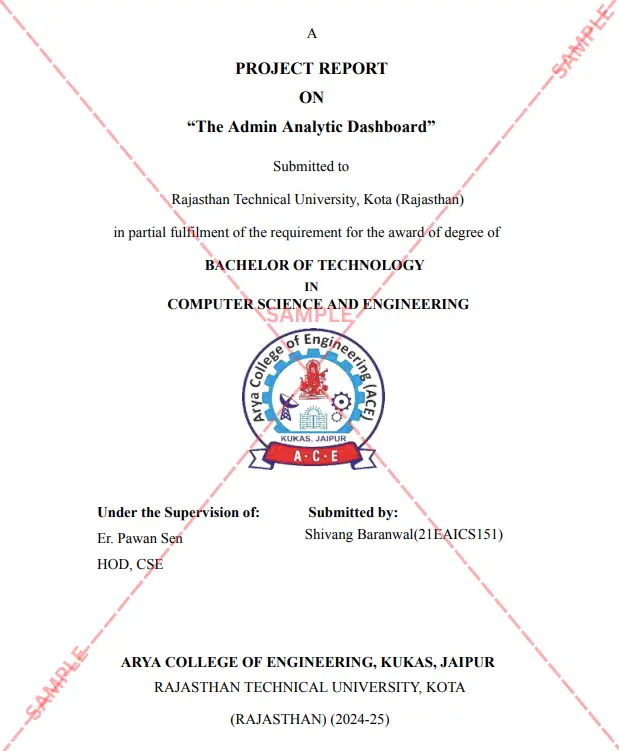






A WHOLE NEW DIMENSION TO LEARNING
The acceptability of computer and allied systems as a medium of communication and education has increased thereby giving a boost to online learning
The Covid-19 outbreak has had pushed the urgency to adopt acceptability of computer and allied systems as a medium of communication and education, thus making online learning go mainstream. Apart from computers, handheld digital devices such as smartphones and tablets have added a whole new dimension to learning, which is far different from a traditional classroom education.
While the online learning technology has been around for almost a decade, the pandemic has forced most education institutions to swiftly adapt to tech-enabled remote learning at a much faster pace in a short span of time.
After the initial hiccups, online learning – riding high on the wave of digital technology – has become more of an enabler helping to find new answers, not only to what students can learn but also to how they learn, where and when they learn. At this moment, online learning is becoming a huge catalyzer for teachers and students alike to help the adoption of this rapid change in the world. Moreover, digital technology in education has helped boost the role of educators. In fact, rather than just communicating knowledge, they have emerged as co-creators of knowledge, coaches, mentors and evaluators.
ENHANCED LEARNING EXPERIENCE, DEMOCRATISING EDUCATION
While ensuring an enhanced learning experience, online teaching has made it possible through the usage of digital tools and software to allow teachers and students to connect remotely, continuing the classroom experience in a virtual space. Distance is no longer a barrier as with online teaching, a student can study from anywhere, as long as they have the Internet access. Overall, learning is getting democratised as various educational institutes are making courses accessible through online learning.
For students, online setting is also making it easier to engage one-on-one with a particular teacher, who can give them the attention that might be lacking in a large classroom setting.
In the case of students, studying online means access to a whole range of digital tools such as video calls, animations, storyboarding, and social media as well as gaming. On the other hand, the core challenge for teachers has been to be able to be more creative in their lessons. After the initial trials and errors, most teachers have been able to catch up. The result has been a more compelling learning experience for students.
In addition, working with computers in this way has somewhere helped students and teachers alike to develop technical skills as they learnt to navigate various different systems and programs. For a student, these skills remain transferable to many other disciplines as well and will likely be useful in their career in the future.
CUTTING-EDGE DIGITAL LEARNING SYSTEMS
The best part is that the existing digital learning systems can go far beyond mere simple teaching, for instance. Empowered by artificial intelligence (AI), these systems can also observe how students learn. In addition, the technology can discover what kind of tasks and thinking interests them the most, and what kind of problems they find boring or difficult. Based on these inputs, the systems can then adapt the learning process to accommodate individual students’ learning styles. And, most importantly, they can do this with much more precision than any traditional classroom setting could ever achieve.
Similarly, machine learning algorithms can enhance the learning patterns of students. For instance, machine learning algorithms use pattern recognition which can personalise the content for each student. For example, if a student repeatedly struggles with a particular chapter or lesson, the platform can adjust the e-learning content to provide more detailed information to help the student. It is also possible to provide instantaneous feedback loops inside the platforms, which are provided by other online students or the platform, thus helping to improve the learning curve.
SUMMING IT UP
The fact remains that the disruptions by the pandemic has brought a change in the dynamics of learning across the world with education extensively being on-boarded across digital platforms and devices like computers, laptops, and mobile phones to maintain continuity of education. This has led to scores of citizens to become computer literate and widened the spread of digital literacy. It also led to augment the need for computer literacy for students at the worldwide level. Digital devices have ensured continuity in education, at work, and for communication with everyone.
Online learning has definitely ensured a paradigm shift in the way how education is perceived and imparted. In the bargain, this has opened newer avenues as well as changed certain perceptions forever, which augurs well in the larger scheme of things.
(The author of the article Mr. Rustom Kerawalla is the Chairman of Ampersand Group)
More News Click Here

Discover thousands of colleges and courses, enhance skills with online courses and internships, explore career alternatives, and stay updated with the latest educational news..

Gain high-quality, filtered student leads, prominent homepage ads, top search ranking, and a separate website. Let us actively enhance your brand awareness.